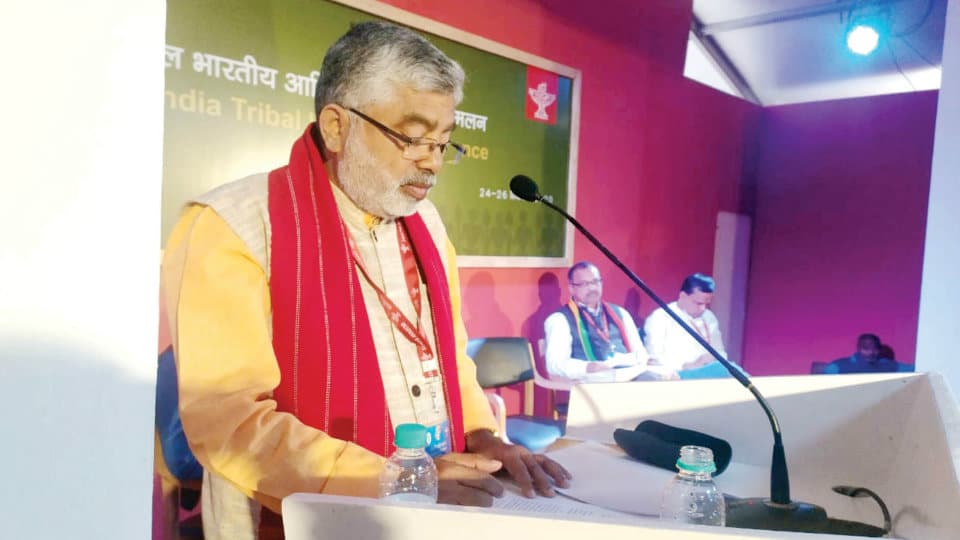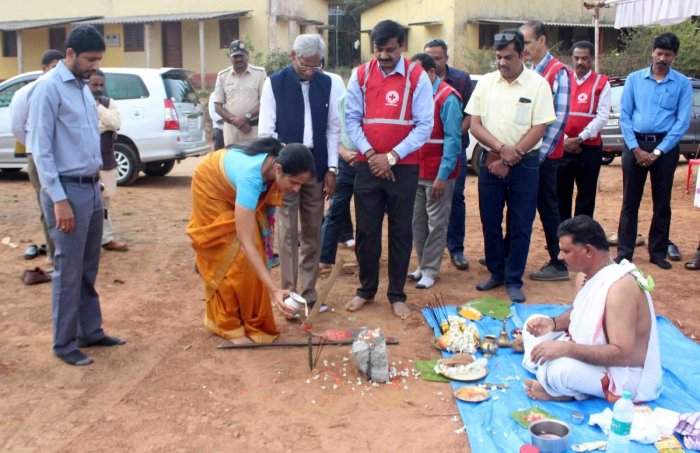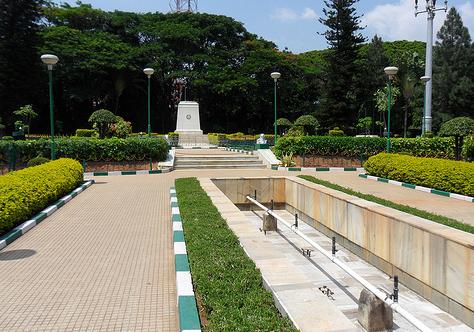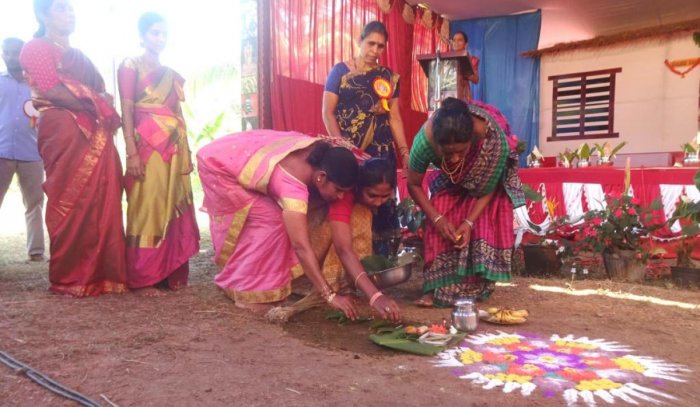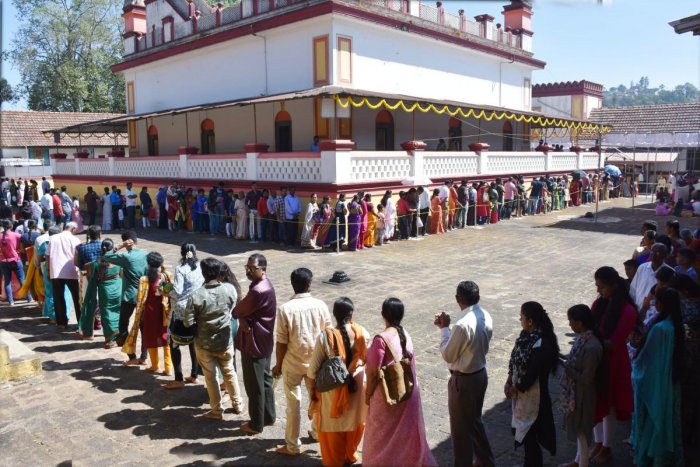Mysore/Mysuru:
In an effort to promote tourism and create an awareness about nature, the Forest Department is developing Saalumarada Thimmakka Tree Park at Karnangeri Betta in Madikeri at an estimated cost of Rs 50 lakh.
It may be recalled that former Forest Minister Ramanath Rai in the earlier Government had proposed to set up Tree Parks in each Assembly constituency. And now this project is inching closer to become a reality as construction of a view point, welcome arches and other amenities have already begun.
The said Tree Park is being built on 45 acres of forest area at Karnangeri Betta. Saplings of popular tree species including Tega (teak), Beete (Indian blackwood), Honne (Indian Kino), Rakta Chandan (Red sanders), Silver oak, numerous bamboo species, Hebbevu (Melia dubia), Hunase (Tamarind), Bilva (Indian bael), Ala (Banyan), Tapasi (Indian elm) and others are being planted in the tree park.
There will also be play area for children, butterfly park, watchtowers, seating arrangements, walking paths, separate toilets for men and women, drinking water facilities and other basic amenities for visitors of the park.
Besides, the Tree Park would also include a garden in which flowering plants will be cultivated. Four specially designed Pergolas will be an added attraction here. Also, a viewpoint being built on the top of the hills, will offer spell-binding views of nature’s spectacle around Madikeri city.
The Forest Department has already sent a proposal to the Government for sanctioning Rs. 25 lakh for this project. The visitors have to pay Rs. 10 as an entry fee to the Park, which in all likelihood will open by the end of this month.
The local residents here are a little apprehensive about this project. “Mandalapatti is a popular tourist spot in Madikeri. Environment is at the receiving end in the name of tourism here. Tourists visiting Mandalapatti are polluting this area by throwing plastic bottles and other waste all around. We are worried that Saalumarada Thimmakka Tree Park, being developed at Karnangeri Betta might also face similar issues. Stringent measures should be taken up to prevent tourists from polluting this serene environment,” say some of the residents.
source: http://www.starofmysore.com / Star of Mysore / Home> News / by Prasad Sampigekatte / March 02nd, 2020



